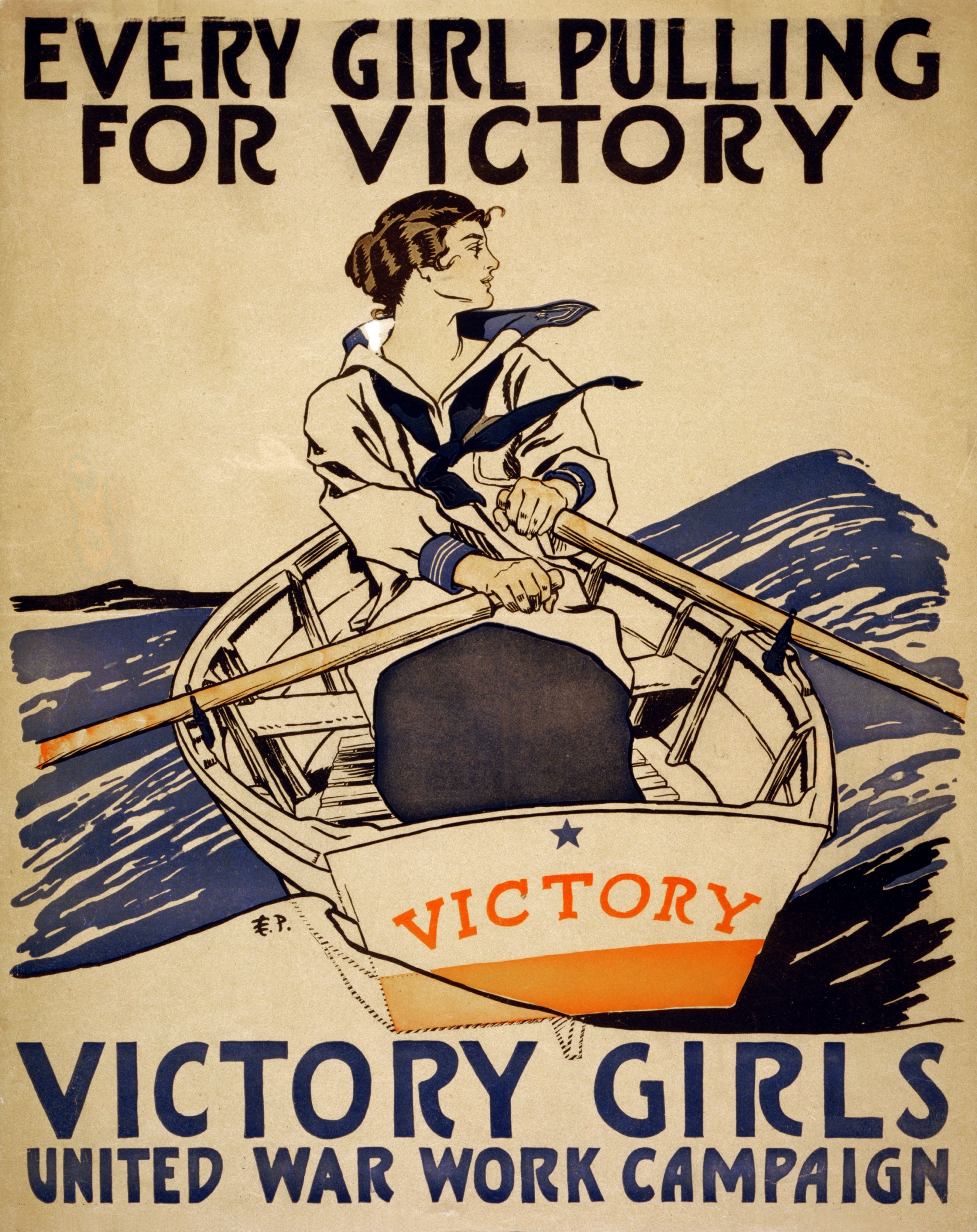Families scraped together donations for the Canadian Patriotic Fund, and society women organized public rallies for victory bonds. Women nursed the injured and dying, both in uniform and at home. Men and women worked side by side in factories and on farms producing goods “essential to the war effort.” The front page of every local paper, big or small, was plastered with news from the front, and lists of casualties, medal winners, and pictures of new recruits covered the inside pages.
Magdelena Fahrni (22)
WWI at Home
The military was closely entwined with Canadian life at home. Each member of society did their part ot contribute to the war effort, whether it was donating to The Canadian Patriotic Fund or working in factories to manufacture the goods needed for war.
Reading:
Canada Remembers: Women on the Home Front
Role of Women During the War
An excerpt from
-
The Home Front Encyclopedia: United States, Britain, and Canada in World Wars I and II James Ciment, Thaddeus Russell, Editors. 12/12/2006, p 497
Canadian women proudly contributed to the war effort in Canada during World War I. When the men left for war, women filled many job positions that were left vacant by the departing soldiers. But they also maintained more traditional roles, such as nursing.Women became involved in business, industry, and agriculture. Over 30,000 Canadian women worked in factories making guns, bullets, bomb uniforms, ships, tanks, and planes. They were also employed as welders, machinists, fitters, riveters, and other jobs that were originally considered men's work. The women who could not work for some reason or another contributed in other capacities, such as knitting heavy scarves and socks that were sent to the soldiers overseas. They kept the Canadian economy strong throughout the war and did a superb job of proving that they could handle so much more than running a home and raising a family.
Posters throughout Canada encouraged women to give their husbands and sons permission to join the Canadian Armed Forces. Some women walked the streets encouraging able-bodied men to enlist. Still, there were many women who refused to give their husbands permission to enlist. Thousands more spent their time raising money for the war. Many Canadian women tried to do more but were discouraged by their social status and by rules created by the Canadian government. For instance, women in Toronto tried to form the “Women's Home Guard” (a group of women to be trained as soldiers to protect Canada's home front and free up men in the official “Home Guard” for overseas duty) but it failed because of strong opposition within Canada. Canadian women did form the “Suffragists' War Auxiliary,” designed to provide women to do the jobs of men in order to free men up for overseas duty.
Nursing
In this era, Nancy Bristow argues, there was a presumption that women, whatever their nursing qualifications, would put themselves in harm’s way to fulfill their natural caring role. Certainly, many women came forward to nurse influenza victims, despite the risk to themselves.” (Fahrni, 57)
Many women assumed roles as nurses out of a sense of duty during the outbreak of the Spanish flu between 1918-1919. There was arguably a presumption that women would put themselves in harm's way to care for the sick.
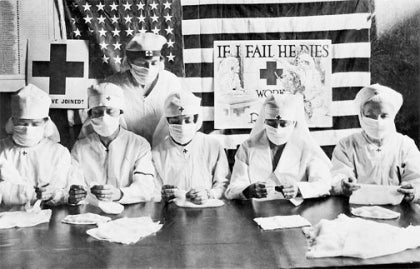
Reading:
"Rendering Valuable Service": The Politics of Nursing during the 1918-19 Influenza Crisis
Mail Service
Doris sighs as she reads the recently arrived telegraph message.
Rose: What does it say?
Doris: Hand me a black ribboned envelope.
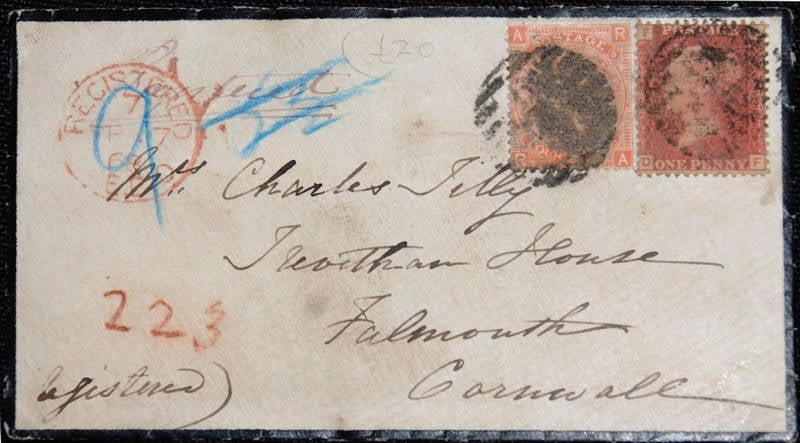
"The Victorians marked loss with postmortem photography (posing the dead to look alive to peaceful), keepsake mementos (e.g. a lock of hair turned into a piece of jewelry), extravagant funerals, and death notices."
The use of black ribbons on envelopes had a two-fold purpose: on the one hand it notified friends and family of the death of a loved one. It also ensured that the letter would remain private and protected from rain and snow.
Sometimes black ribbons were unavailable or too extravagant for certain classes of family, a suitable substitute would be the ues of black wax as a seal.
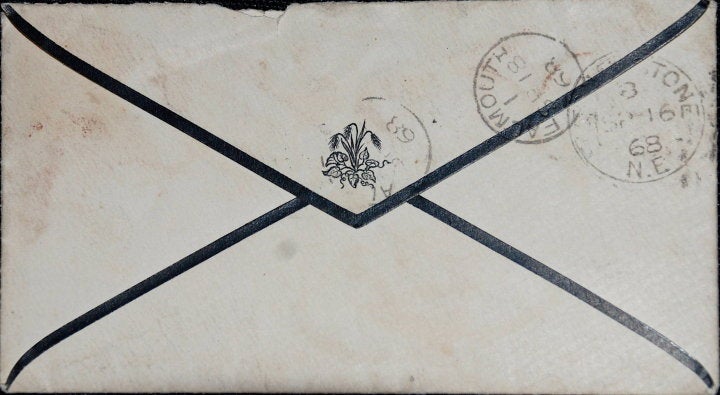
Reading:
The Victorian Web: Condolence Letters
Mollie Garrett
Mourning
Mourning for long periods of time and in elaborate dress, as was traditional in the Edwardian period, was now considered 'bad taste'. The allotted amount of time for mourners was reduced drastically, all black was still worn but in a more practical way. Sometimes simply a black veil or arm band would suffice.
In the August 18, 1915 issue of The Sketch, fashion columnist Carmen of Cockayne considered the question of mourning “one of the most prominent dress problems of the day. (Edwardian Promenade)
You can read a detailed history of Edwardian mourning practices and how the Great War affected this aspect of society here.
Mollie Garrett
Links
What A Young Wife Ought to Know (1908)
Advice for your wedding night (from 100 years ago)
Postal History, pg. 25 (PDF)Views on Female Masturbation in 1918
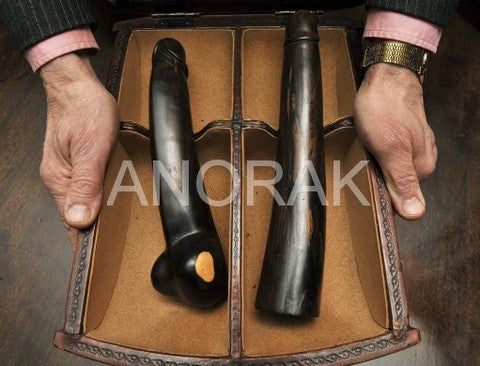
Above: Wooden dildos as described in Unity (1918)
Fahrni, Magdelena. Epidemic Encounters : Influenza, Society, and Culture in Canada, 1918-20. Vancouver: UBC P, 2012.
